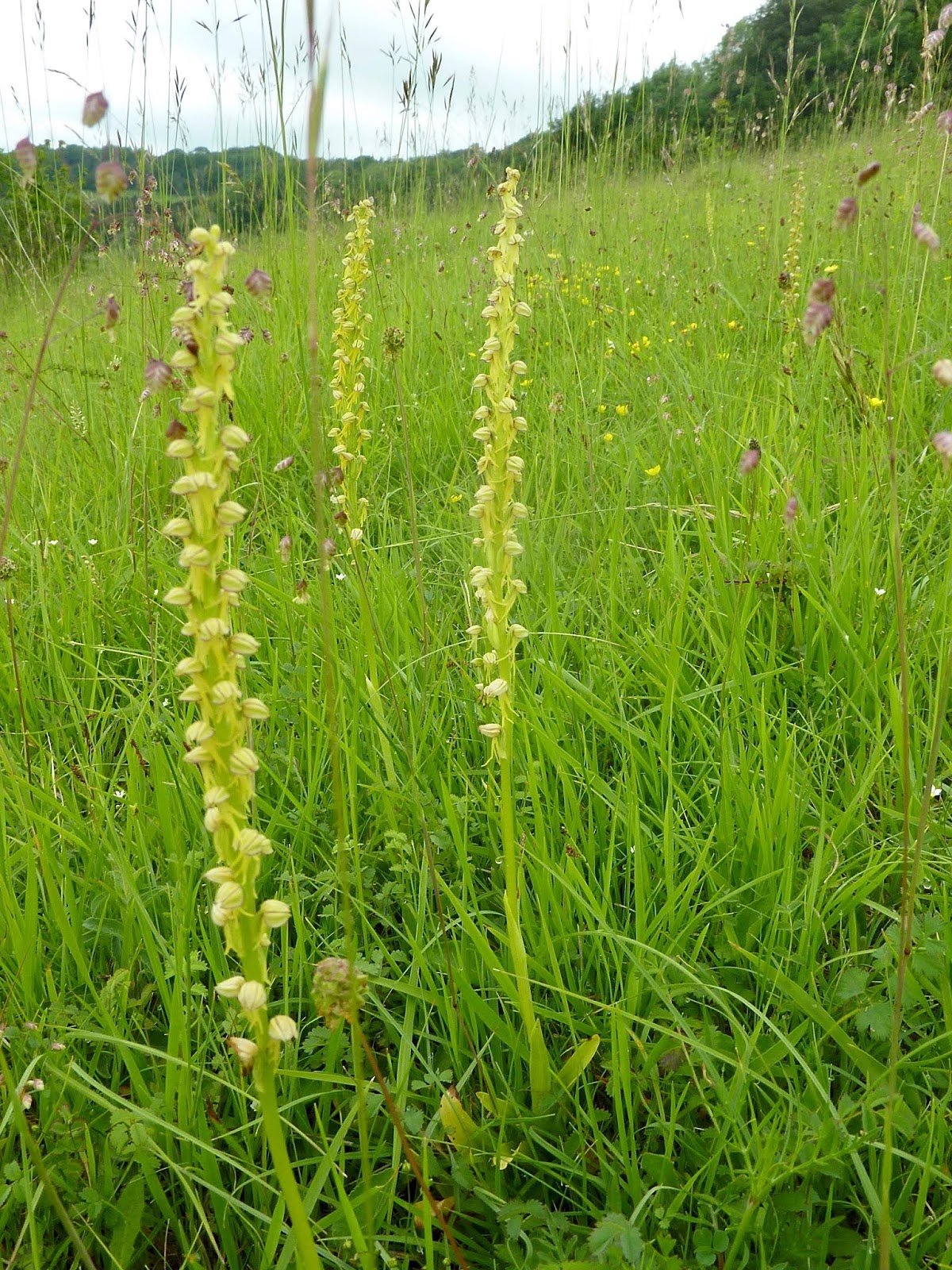Perfoliate Honeysuckle

One of the great delights of nosing around in vegetation is that you can often come across plants that just shouldn't be there - such as this Perfoliate Honeysuckle, which was climbing up a mature hedgerow on the very edge of Epsom Downs. I would like to take credit for being aware of the 'alien/naturalised' species of Honeysuckle that are present in our countryside, but the truth is that I was shown Perfoliate several years ago in Suffolk, and, as can be seen in the picture taken this morning, it is quite an obvious plant to identify.














